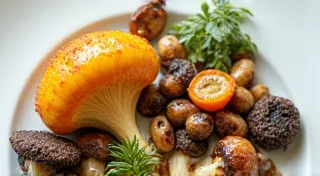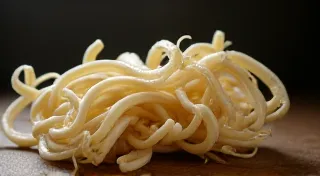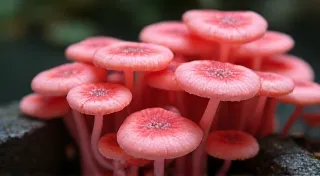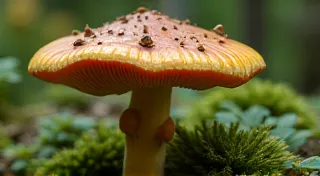Oyster Mushroom Varieties: Beyond the Basics
Oyster mushrooms (Pleurotus species) are a favorite among home cultivators for good reason. They're relatively easy to grow, prolific, and offer a delicious, meaty texture. However, most people only think of the standard white or pearl Oyster. This article explores the fascinating world of less common Pleurotus varieties, detailing their unique characteristics and offering tailored cultivation advice to help you elevate your home mushroom growing experience.
Why Explore Different Oyster Varieties?
Beyond the familiar white Oyster, a rainbow of colors and flavors awaits! Different varieties offer subtle (and not-so-subtle!) variations in taste, texture, and appearance. This expands your culinary options and adds visual interest to your harvests. Growing a diverse range also offers resilience against potential diseases or environmental changes. Think of it as diversifying your mushroom portfolio! Sometimes, the key to success isn't just about replicating ideal conditions, but also understanding the nuances of each strain and adapting your approach. Understanding the science behind fungal pigmentation, for example, is key to unlocking truly vibrant harvests, as explored in Chromatic Echoes: The Art & Alchemy of Fruiting Body Pigmentation.
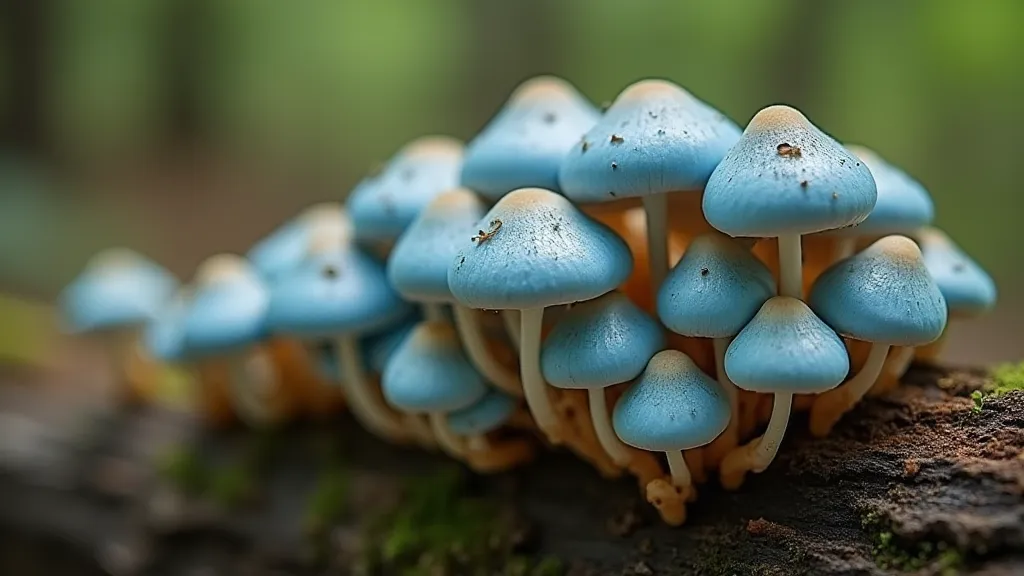
Spotlight on Uncommon Oyster Varieties
Blue Oyster Mushrooms (Pleurotus ostreatus var. caeruleus)
Perhaps the most sought-after unusual Oyster, Blue Oysters boast a distinctive blue-grey cap when young, fading to a creamy white as they mature. The color comes from a pigment called azulene, the same compound found in butterfly wings! Flavor-wise, they’re often described as having a slightly sweeter, more delicate flavor than the standard white Oyster. They also tend to have a slightly denser texture.
Cultivation Tips for Blue Oysters: Blue Oysters are a bit more demanding than standard strains. They appreciate slightly cooler temperatures (12-18°C or 54-64°F) to encourage pigmentation. They also benefit from a higher humidity environment. Substrates rich in cellulose, such as straw or hardwood sawdust, work well. Ensuring proper substrate preparation is vital – contamination can easily derail a crop, and dealing with those problems can be frustrating. If you encounter unexpected issues during your growing journey, our Mushroom Growing Troubleshooting Guide provides comprehensive solutions to common problems.
Pink Oyster Mushrooms (Pleurotus djamor)
A truly eye-catching variety, Pink Oysters offer a burst of color to any mushroom growing operation. Their vibrant pink to lavender caps are beautiful and they have a slightly fruity, apricot-like flavor. The texture is a bit more tender and delicate than some other Oyster varieties.
Cultivation Tips for Pink Oysters: These mushrooms thrive in warm temperatures (21-29°C or 70-85°F). They’re vigorous growers, so ensure adequate ventilation to prevent CO2 buildup. They also appreciate high humidity.
Golden Oyster Mushrooms (Pleurotus citrinopileatus)
Golden Oysters offer a unique look with their beautiful yellow caps. Their flavor is often described as subtly peppery and intensely savory, making them a prized addition to gourmet dishes. They tend to grow in beautiful, cascading clusters, a beautiful sight for any home grower.
Cultivation Tips for Golden Oysters: Golden Oysters require a bit more care than some other Oyster varieties. They prefer slightly cooler temperatures than Pink Oysters (18-24°C or 64-75°F) and are sensitive to high CO2 levels. Good ventilation is *essential*. They often benefit from a supplemented substrate (e.g., bran). Successfully cultivating Golden Oysters requires careful attention to detail, and understanding the subtleties of different Pleurotus species is crucial. For those completely new to mushroom cultivation, or even for experienced growers looking for a focused introduction, our guide on Lion's Mane Mushroom Cultivation: A Beginner's Guide offers a strong foundation in essential techniques.
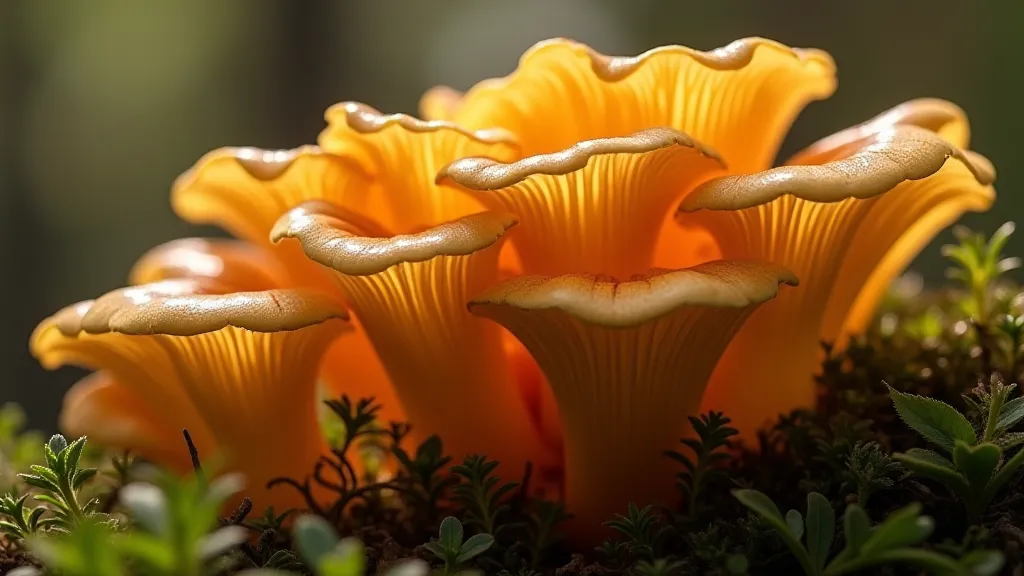
Substrate Considerations for Exotic Oysters
While all Pleurotus species are relatively adaptable, the specific substrate requirements can vary. Generally, hardwoods (like oak or maple) work well for most Oyster varieties. For the more demanding varieties like Blue and Golden Oysters, consider supplementing the substrate with nutrients like bran or soy hulls. Always pasteurize or sterilize your substrate to eliminate competing organisms. Choosing the right substrate and preparing it properly can significantly impact yield and overall success. The balance between moisture, nutrients, and aeration is delicate, and understanding these factors is vital for consistently producing high-quality mushrooms.
Troubleshooting and Common Issues
Be aware that exotic Oyster varieties can sometimes be more susceptible to contamination. Maintaining strict hygiene during the inoculation and fruiting process is crucial. If you encounter issues like slow growth or discoloration, adjust your environmental conditions (temperature, humidity, ventilation) and re-examine your substrate preparation. Unexpected challenges can arise even with careful planning, and quickly identifying and addressing these problems is essential for a successful harvest. Beyond the basics of substrate prep and environmental control, sometimes issues can be subtle and require more specialized knowledge. Remember, even the most experienced cultivators occasionally run into snags, and being prepared to troubleshoot effectively is key to long-term success.
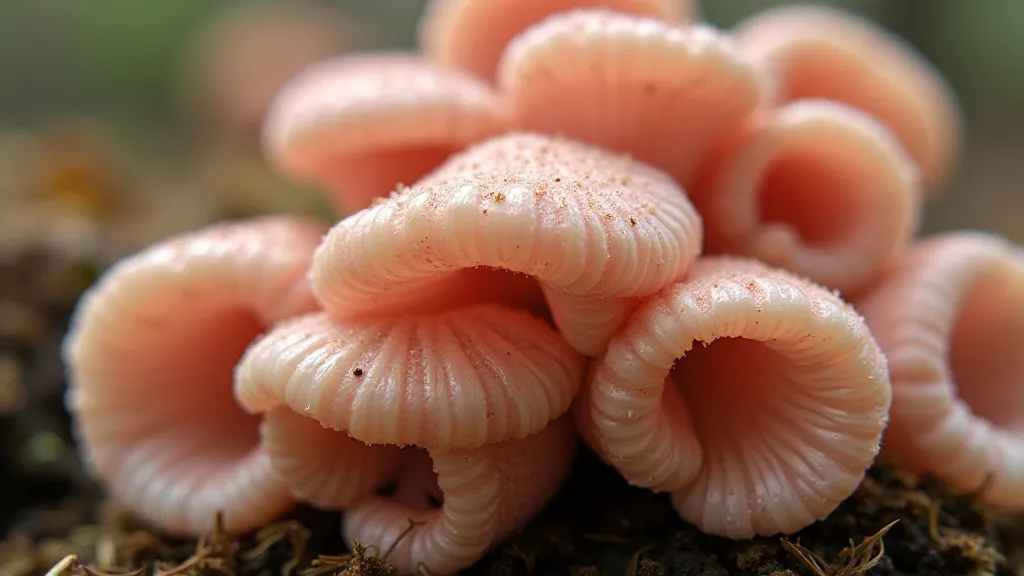
Expanding Your Mycology Journey
Venturing beyond the standard white Oyster mushroom opens up a whole new world of flavor and visual appeal in your home cultivation efforts. Experimentation is key! Don’t be afraid to try different substrates, temperatures, and humidity levels to find what works best for you. The world of mycology is vast and fascinating, and there's always something new to learn. From understanding fungal pigmentation to mastering advanced cultivation techniques, the possibilities for exploration are endless. Happy growing!
